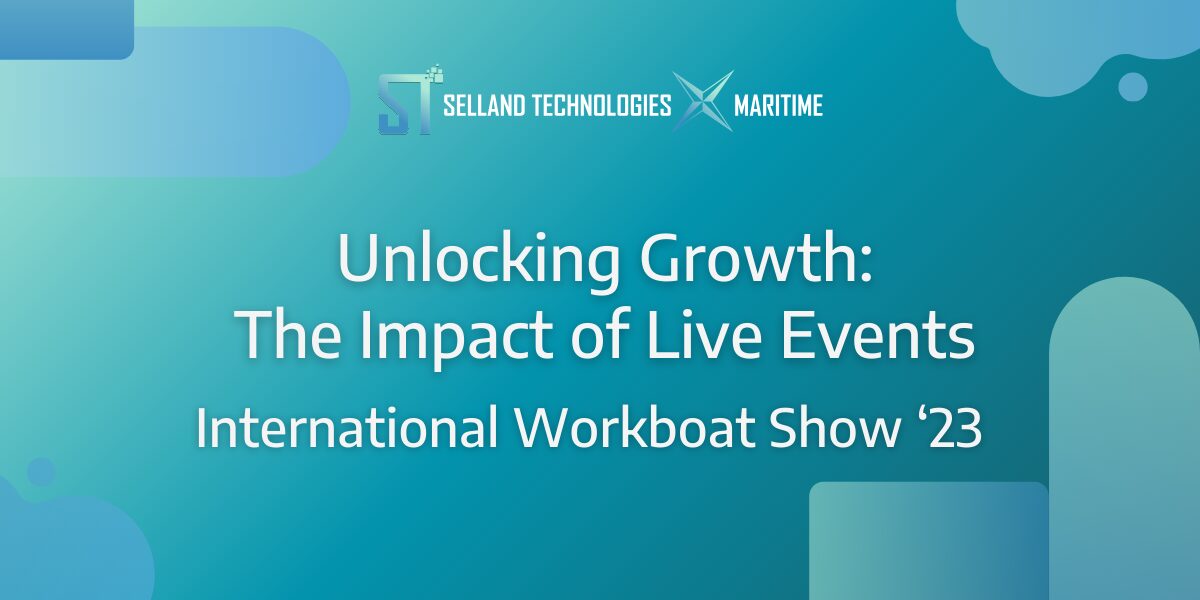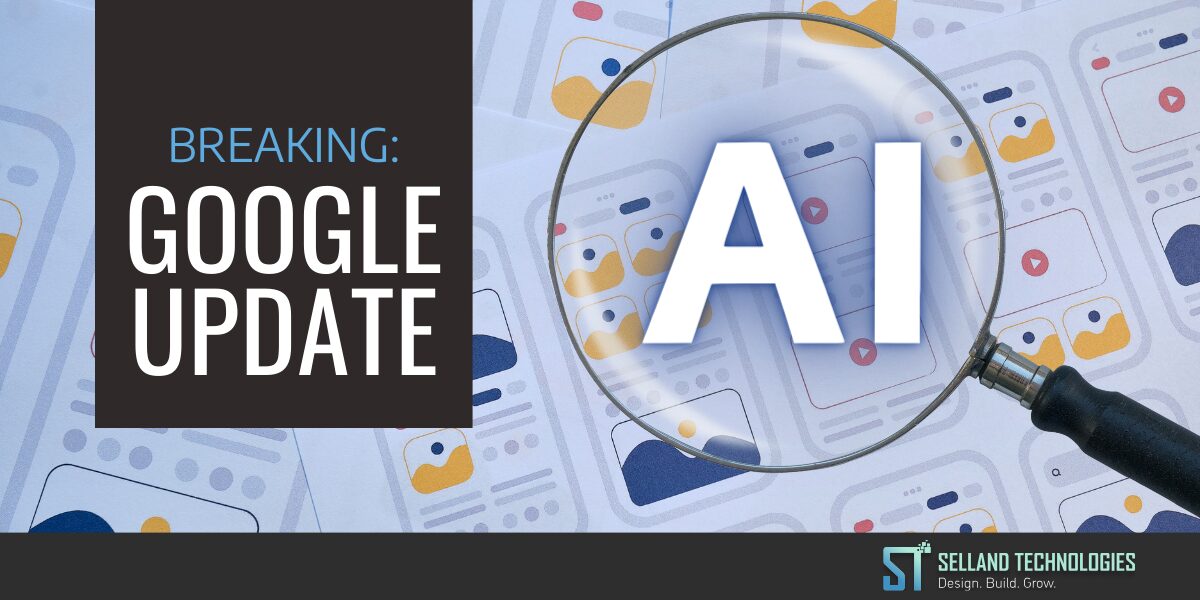Building Connection: Multi-Demographic Connection in a Digital Era

It’s true- long-distance relationships get a bad wrap. It seemed like every mid-2000s romantic plot twist involved some variation of ‘let’s throw in a long-distance relationship to break these people up’. For many of us, those exaggerated movie depictions were often our sole reference for understanding communication and relationship dynamics.
Long-distance relationships definitely took a beating from Hollywood, but times have changed. Digital advancement has blown apart the old barriers. Virtual meetings and online connections are the new norm. The days when distance meant a communication death-sentence are gone.
And as tech evolves, so do our communication methods. It’s vital to keep up to connect effectively with different age groups in today’s digital world. When dealing with varying age demographics, it is important to keep these key points in mind:
- Be patient and understanding. It’s important to remember that older adults may not be as familiar with technology as younger generations. They may need more time to learn new things and may not be as comfortable with online communication. While a younger client may want to avoid email entirely- opting for in-app communication instead- it is important to find a common ground so all team members involved have time to respond. Be patient- and don’t be afraid to repeat yourself or explain things in a different way. The fastest response may not always be the most comprehensive.
- Use simple language and avoid jargon. When communicating with any client, it’s important to use simple language and avoid jargon. They may not be familiar with technical terms or acronyms, so it’s important to explain things in a way that they can understand.
- Use visuals to help explain your points. Different demographics may learn better by seeing things than by hearing them. When explaining your work to them, use visuals to help illustrate your points. This could include charts, diagrams, mock ups, or even a screen share.
- Focus on the benefits of your work. When describing your work, emphasize the benefits it offers. Whether it’s saving time, money, or hassle, highlighting these advantages can make your contributions stand out. If seeking feedback, ensure these benefits remain at the forefront of the discussion. This ensures the entire team understands how your value perfectly aligns with their needs.
- Personalize your communication. When possible, personalize your communication to suit different age groups. This could mean addressing someone older by their title or name, asking them questions about their interests, or sharing stories that are relevant to their experiences. For someone younger, requesting a preferred name, or connecting on pop culture topics may do the trick.
- Be responsive. Older adults may not be as quick to respond to emails or phone calls as younger generations. Be patient and responsive when working with them, and don’t be afraid to follow up if you haven’t heard back. Understand that younger age groups are known for their hustle- don’t be surprised if you get a reply after hours. Remember, nobody’s diving into a strategy session at midnight. Just a quick acknowledgment keeps things moving smoothly.
By following these tips, you can increase your chances of connecting with and engaging older adults remotely, while bridging connection with across various age demographics. Remember to be patient, understanding, and focused on the benefits of your work. With a little effort, you can build strong relationships and help clients achieve their goals.
Here are some additional tips for increasing client engagement with older adults who may not understand the complexity of your work or are more comfortable with outdated forms of tech advertising:
- Use case studies and testimonials. Case studies and testimonials from other clients can be a great way to show older adults how your work can benefit them. This is especially effective if the case studies or testimonials are from people they can relate to.
- Offer free consultations. Offering free consultations is a great way to give older adults a chance to learn more about your work without any obligation. This can help them to see the value of your services and to decide if they are a good fit for them.
- Be flexible with your communication methods. Older adults may not be as comfortable with email or phone calls as younger generations. Be flexible with your communication methods and offer to meet with them in person or to talk to them on the phone.
- Use humor and storytelling. Older adults often appreciate humor and storytelling. When communicating with them, try to use humor and storytelling to make your points more engaging.
- Be yourself. Older adults can spot a fake a mile away. Be yourself and let your personality shine through when you communicate with them. This will help to build trust and rapport.
This article was co-authored by Anthony Morris and LJ Johnson following current Selland Team procedures.
Categories

Might Also Interest You:
Unlocking Growth: The Impact of Live Events at #IWBS23
The show provided an excellent opportunity for ...
Read MoreFrom TikTok to Top Tier: Why Experts are Essential to Maritime Marketing Goals
A robust marketing strategy sets you apart from ...
Read MoreGoogle’s Algorithm Updates and Changes in 2024
In a significant move to enhance user experienc ...
Read MoreYou’re In Good Company
We understand businesses of all sizes, come see what we can do for you.












